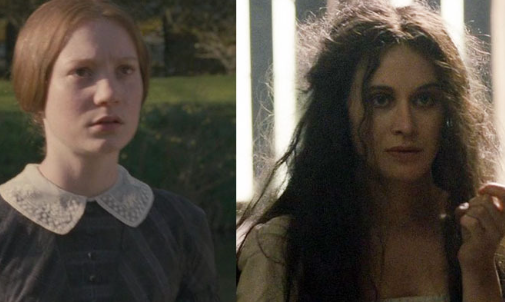The Use of Foreshadowing in Jane Eyre
In the world of literature, foreshadowing serves as a powerful tool that hints at future events, adding depth and intrigue to the narrative. In Charlotte Brontë’s *Jane Eyre*, this technique not only enriches the storyline but also deepens the reader’s emotional engagement. Understanding its use in the novel can enhance your reading experience and appreciation for the craft.
Significant Early Hints
Brontë cleverly incorporates foreshadowing from the very beginning of *Jane Eyre*. The oppressive atmosphere of Gateshead Hall foreshadows the struggles Jane will face throughout her life. For instance, the cruel treatment she receives from her Aunt Reed and cousins sets the stage for Jane’s quest for independence and self-worth. This early foreshadowing serves to highlight the themes of isolation and resilience, preparing the reader for the trials Jane must endure as she seeks belonging and autonomy.
Symbolic Imagery and Dreams
Brontë frequently employs symbolic imagery and dreams as forms of foreshadowing. One notable example occurs when Jane experiences a prophetic dream of her wedding to Mr. Rochester. This dream, filled with foreboding and anxiety, hints at the tumultuous challenges that lie ahead in their relationship. The stark contrast between Jane’s hope for love and the potential for betrayal creates a sense of tension throughout the narrative. Such vivid imagery not only captivates readers but also foreshadows pivotal moments in Jane’s life, making her journey all the more compelling.
Critical Moments of Revelation
Throughout *Jane Eyre*, critical moments are often foreshadowed through careful storytelling. For example, the revelation of Bertha Mason as Mr. Rochester’s secret wife dramatically reshapes the plot and challenges Jane’s perceptions of love and commitment. Early hints, such as the mysterious laughter and the strange occurrences at Thornfield, subtly prepare readers for this shocking discovery. By weaving these elements into the narrative, Brontë enhances the impact of the revelations while reinforcing the theme of hidden truths that permeate Jane’s journey.
In conclusion, the use of foreshadowing in *Jane Eyre* is an essential aspect of its narrative structure, enriching both the plot and thematic depth. By paying attention to these subtle hints, readers can develop a greater understanding of Jane’s complex character and the challenges she faces. If you’re intrigued by these literary techniques, consider exploring further by analyzing specific passages or discussing the themes with fellow readers. Embrace the journey of discovery that *Jane Eyre* offers!
